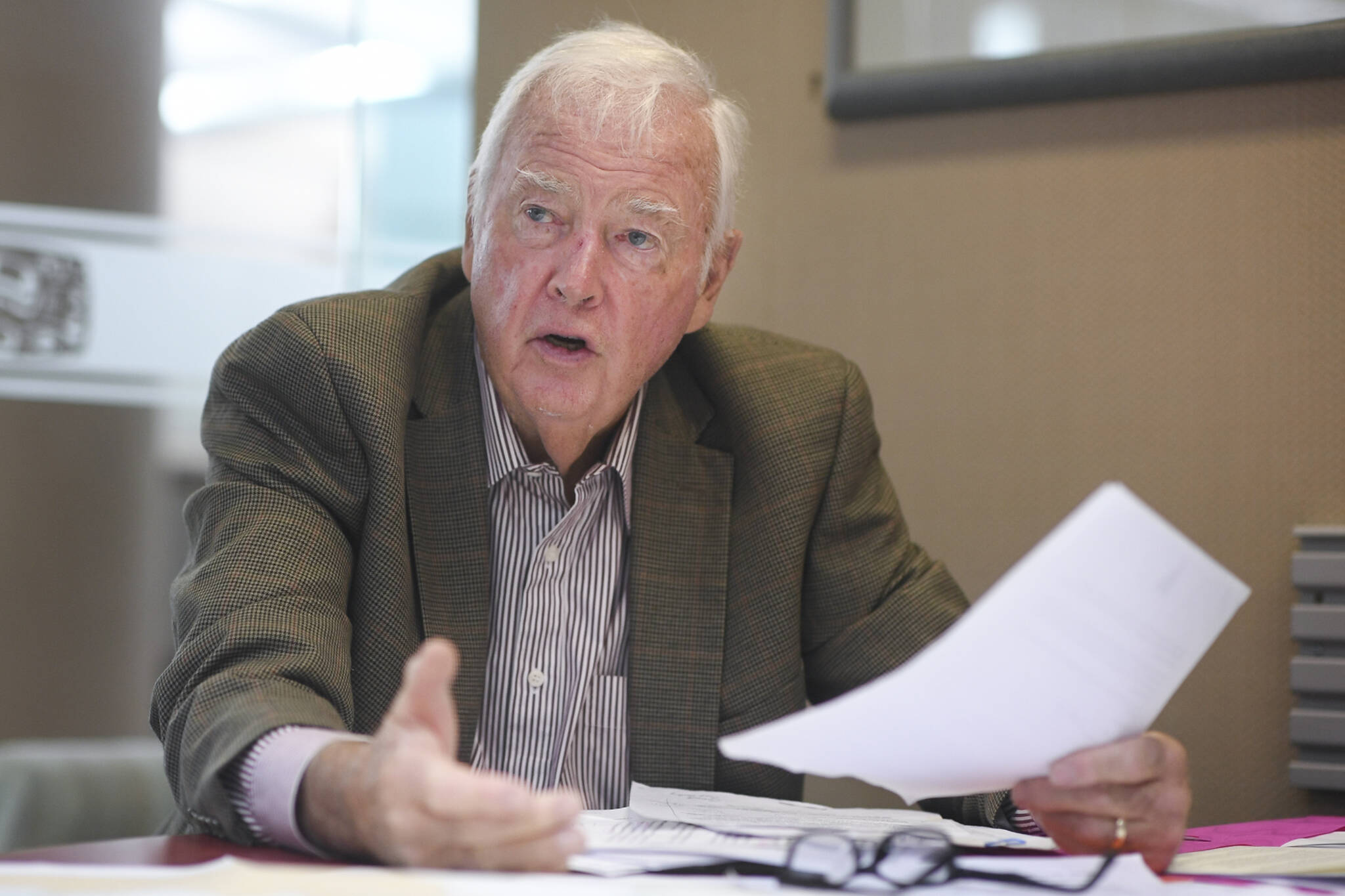I congratulate the Alaska Permanent Fund trustees for adopting Resolution 23-01 at their April 12, 2023, meeting to limit additional investment in the in-state investment program in which Barings, LLC and McKinley Capital Management, LLC have each been given $100 million to place in Alaskan investments. The decision appears to have been made in part because of the dismal rate of return received from the in-state investments made by Barings, LLC and McKinley Capital Management, LLC. The decision was also made to see whether the poor performance improves over time.
I fully support the trustees’ decisions not to expand the in-state investment program and not to allocate more capital to it. I would be even more pleased if the trustees made these decisions permanent.
The trustees are certainly right about the poor financial performance of the in-state investments made so far. The APFC reports that Barings, LLC’s internal rate of return as of September 2022 was 11.6% and McKinley Capital Management, LLC’s internal rate of return was -1.6%. In other words, McKinley may be losing money on $100 million of permanent fund money that could have been invested outside Alaska and made money.
The Feb. 24, 2023, issue of the Alaska Beacon cites an APFC staff assessment that reports that the Alaska Future Fund, managed by Barings, “ranks in the bottom quartile of the vintage year 2019 investments in APFC’s private equities portfolio” and that the Na’Nuk Fund managed by McKinley Capital “ranks in the bottom quartile of vintage year 2020 investments in the same portfolio.”
APFC Chief Investment Officer Marcus Frampton told the Alaska Beacon that if he had another dollar to spend on a private equity investment, “I probably wouldn’t pick (the in-state program) for the next investment dollar.” What is the justification for not following the advice of the APFC’s chief investment officer and terminating the program?
The public also does not know what criteria Barings, LLC and McKinley Capital Management, LLC are using to make investments. As a matter of policy APFC leaves investment decisions to the private equity managers outside Alaska as a mechanism “to reduce the potential for political influence on investment decisions.” I am concerned about using the same policy for in-state investments because in-state investments are far more prone to politics than those made outside the state.
Former Alaska Permanent Fund Chair Elmer Rasmussen was absolutely right by insisting from the time the PFD came into existence that APF funds should not be used for in-state investments for this reason. Sen. Bert Stedman is right today in pointing out that the state is so small, and the investment pool is so shallow, that $200 million is a lot of money to invest in Alaska, and that Alaskans need to be assured that the transactions are at arm’s length.
The second reason given for halting the in-state investment program — “to allow investments within the program to mature under the normal course of business to realization or other disposition” — while reasonable on its face, will be hard for the public to measure. Although the APFC is permitted to provide the names of the entities in which Barings, LLC and McKinley Capital Management, LLC have made investments, it is unable (by the board’s interpretation of AS 37.13.200) to tell the public how much money was invested in each. This prevents the public from knowing how each investment is progressing year over year. Clearly, the permanent fund board, while using public funds, has maintained a policy of selective public disclosure.
As a former banker, I am skeptical that the investments made thus far will improve over time. For openers, we have no way of knowing whether the investments made by Barings, LLC and McKinley Capital Management, LLC were seed money or investments in the capital of entities to which other investors are contributing. In other words, do those who received APFC in-state funds have any “skin in the game?”
Because public funds are being provided to private equity firms to be spent on Alaska projects using criteria of their choosing, because those investments are not doing well compared to the APFC’s other private portfolios, and because of the concerns that have been raised by the trustees and key APFC officers, full transparency is needed, particularly if the investments are not doing well, as appears to be the case here.
In sum, AS 37.13.200 needs to be changed to allow the public to know the investment criteria used by the in-state equity managers, how much money is invested in each fund, who the other investors are, and whether the State’s investments “have a risk level and expected return comparable to alternative investment opportunities.” Only then can Alaskans be assured that the investments are worthwhile, are not being spent on projects inconsistent with Alaskan values, and are not investments benefiting the private equity firms that are managing them.
Alaskans are entitled to accountability when their permanent fund is put at risk.
Frank H. Murkowski is the eighth governor of Alaska and former U.S. senator.

